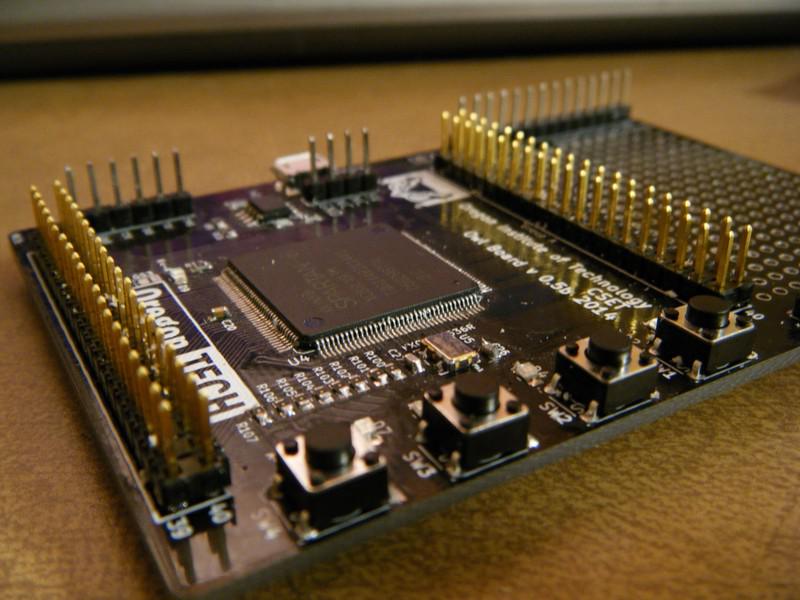
Despite the fact that Insert Buffers are commonplace in InnoDB, it’s somewhat unfamiliar to several users around the world. To begin with, most haven’t heard about the main usage of this selection i.e. updating numerous index leaf pages at one time by buffering them.
However, insert buffer is just achievable for non-unique keys. Because, in MySQL query optimization, there’s no chance to find out when the specific value differs before a merge happens. The insert buffer is assigned within the tablespace within the DBMS, even though its name is “buffer”, it genuinely means space contained inside the tablespace.
Like several types of pages, users can cache them within the buffer pool – a house that allows them to remain saved through transaction commits along with other setbacks like MySQL restarts. An average index page merging is forecasted to consider days the reality is, however, it always takes considerably a shorter period.
An insert buffer merge occur over a couple of ways. The very first is through on-demand merge occurring once the page being utilized holds uncombined records within the insert buffer. During this situation, the merge happens before the convenience for the page, and so the insert buffer can produce a delay in studying operations.
The 2nd method of merging an insert buffer is applying experience thread. It can benefit once the technique is loaded along with the user must perform optimization in SQL since only a couple of merges can occur at such occasions, which processes enter action once the system becomes idle.
Such activity can result in interesting outcomes. For example, within the situation of minor IO activity (light system usage), eliminating the whole load inside the system surprisingly leads to elevated IO load that continues for hrs whatever the conclusion of buffer pool dirty pages.
Understanding the who’s requires to complete an insert buffer merge doesn’t need page size. Essentially, page or row size is not helpful because it can greatly vary, altering the amount of rows within the insert buffer too.
In InnoDB’s insert buffer query results, the word “seg size” can be utilized is bigger in the segment that has been completely allotted in pages. Additionally, the “free list” here implies the particular quantity of “free” pages that do not hold any unmerged records. The “size” means what size the unmerged pages inside the insert buffer.
The “insert” in “insert buffer” means amount of insertions within the insert buffer immediately. The entire amount of merged records includes only individuals which have been combined right page locations. Again, this count begins immediately while you might be enticed for doing things like a count of unmerged rows too, which will you have to be incorrect.
Because the insert buffer isn’t necessarily empty inside the initial stage, meaning they might only predict the minimum amount of records inside the insert buffer instead of creating a precise estimate. Due to this reason, you needn’t get alarmed if you see more merged records in comparison with placed ones.


